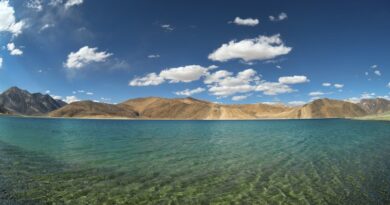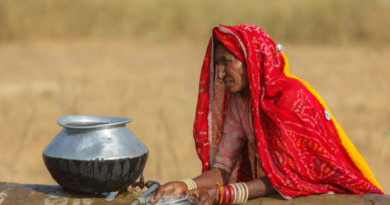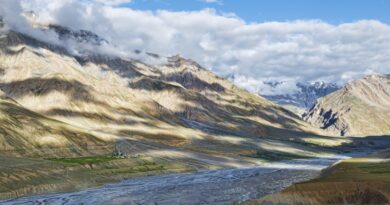Covid-19 lockdowns slow snowmelt rate in Indus River basin

The ongoing COVID-19 pandemic has had some unwarranted but welcome affect on the Himalayas. The lockdown induced in the wake of the pandemic has resulted in reduced snow and ice melt in the Indus River Basin last year, a team of researchers from the University of California, Santa Barbara and the University of Colorado, has found.
The researchers concluded in their paper published in Proceedings of the National Academy of Sciences (PNAS) recently that there has been reduction in particulate matter deposited on Himalayan snow from air pollution as the result of lockdowns.
The team carried out a study of dust and soot in the region last year and the impact it had on how much ice and snow melted. “By causing more solar radiation to be reflected, cleaner snow/ice could mitigate climate change effects by delaying melt onset and extending snow cover duration,” it noted.
Slower runoff is believed to be beneficial to downstream communities by helping to maintain a steadier water flow over a longer period. The Indus River supplies water for more than 300 million people.
The river originates in Tibet, moving northwest and then flowing southwest through Pakistan, near its border with India, before finally emptying into the Arabian Sea. It is fed by mountain springs and snow and ice melt. Prior research has shown that over the past century, pollutants have settled on the snow and ice, increasing the amount of heat that is absorbed. The rising heat has led to an increase in melting, and resulting increases in water flow and therefore flooding.
The researchers used NASA satellite images to analyse the presence of light-absorbing particles (LAP) on the snow surface in the region that feeds the Indus River. They observed a 30 per cent reduction in LAP in the spring and summer of 2020 compared with the 20-year average, and calculated that this affected the timing of 6.6 cubic kilometres of melt water.
The team concluded that the pandemic lockdown had a dramatic impact on pollution levels in the region, which greatly improved air quality while reducing the amount of soot and other particles settling on snow and ice in the Himalayas. They also note it sets a stark example of the impact of human behavior on the water supply for billions of people.
According to the researchers, it remains to be seen whether there will be significant reductions in pollution post−COVID-19, but these results offer a glimpse of the link between pollution and the timing of water supply for billions of people. By causing more solar radiation to be reflected, cleaner snow/ice could mitigate climate change effects by delaying melt onset and extending snow cover duration.
The team concluded that a more thorough in-situ analysis would be necessary to draw definitive conclusions on the exact cause of the substantial reduction in LAP in 2020.



